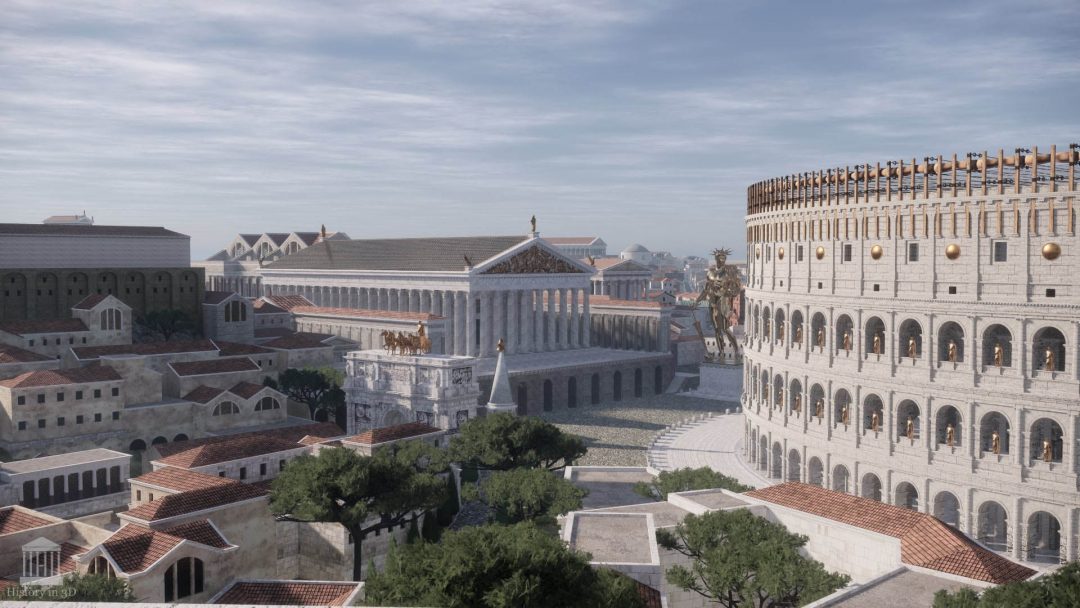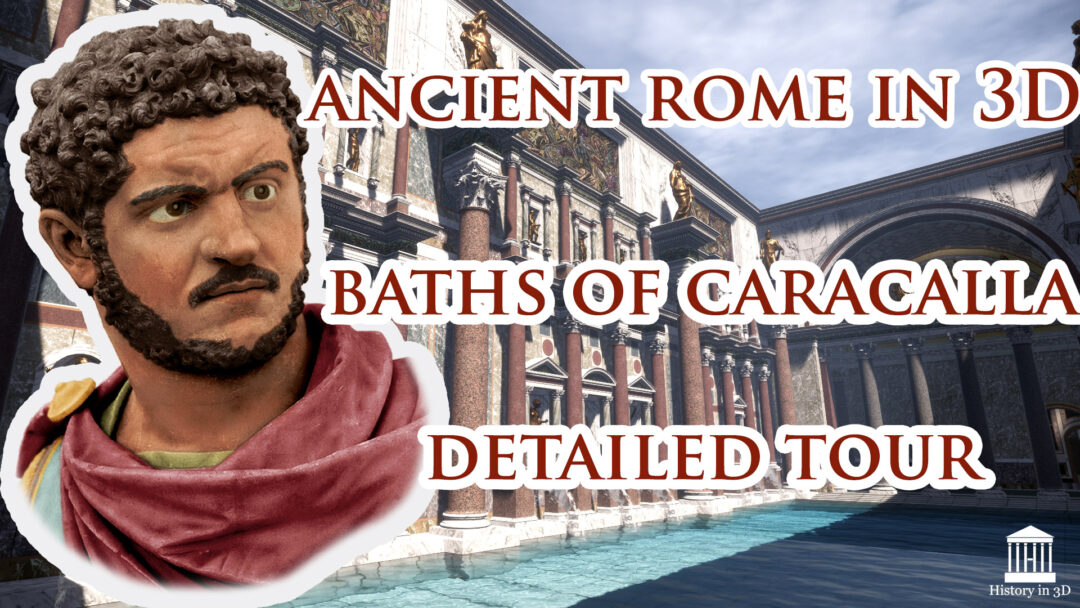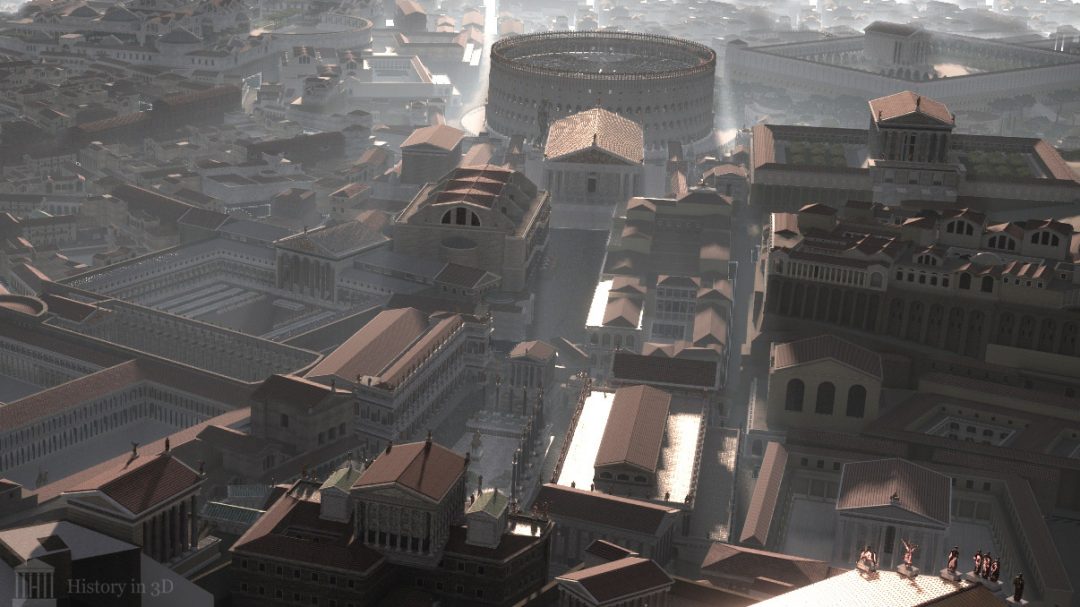The Lupercalia was one of the most ancient and mysterious festivals in ancient Rome, celebrated on February 15 from the earliest times until the end of the ancient era.
In my new YouTube video, I attempted to reconstruct and visually present the route that the Luperci priests ran during the festival, circling the Palatine Hill.

In the first part of the video, I talk about the sacrificial rites performed during the Lupercalia, which had mysterious features and harkened back to archaic times. The rituals of this festival are associated with the legends of Rome’s founding and the infants Romulus and Remus, who were suckled by a she-wolf at the foot of the Palatine Hill.

In the second part of the video, I discuss the Lupercal—a legendary cave or grotto that served as the primary and starting point of the sacred rites. I talk about the attempts to locate it and the possible sites where it may have been situated.

In the third and main part, I present the running route around the Palatine Hill. I’m using my virtual 3D reconstruction of ancient Rome for it, as it was in 4th century CE.
Starting from the southwestern slope of the Palatine (where the Lupercal was presumably located), we run counterclockwise around the hill. We pass by the Circus Maximus, the Septizodium, the Arch of Constantine, the Arch of Titus, the Via Sacra, and the Roman Forum.
The festival of the Lupercalia lasted until the late 5th century and was banned as a pagan cult.
Interestingly, this prohibition was opposed even by some Christians, who saw the Lupercalia as an ancient Roman tradition.




